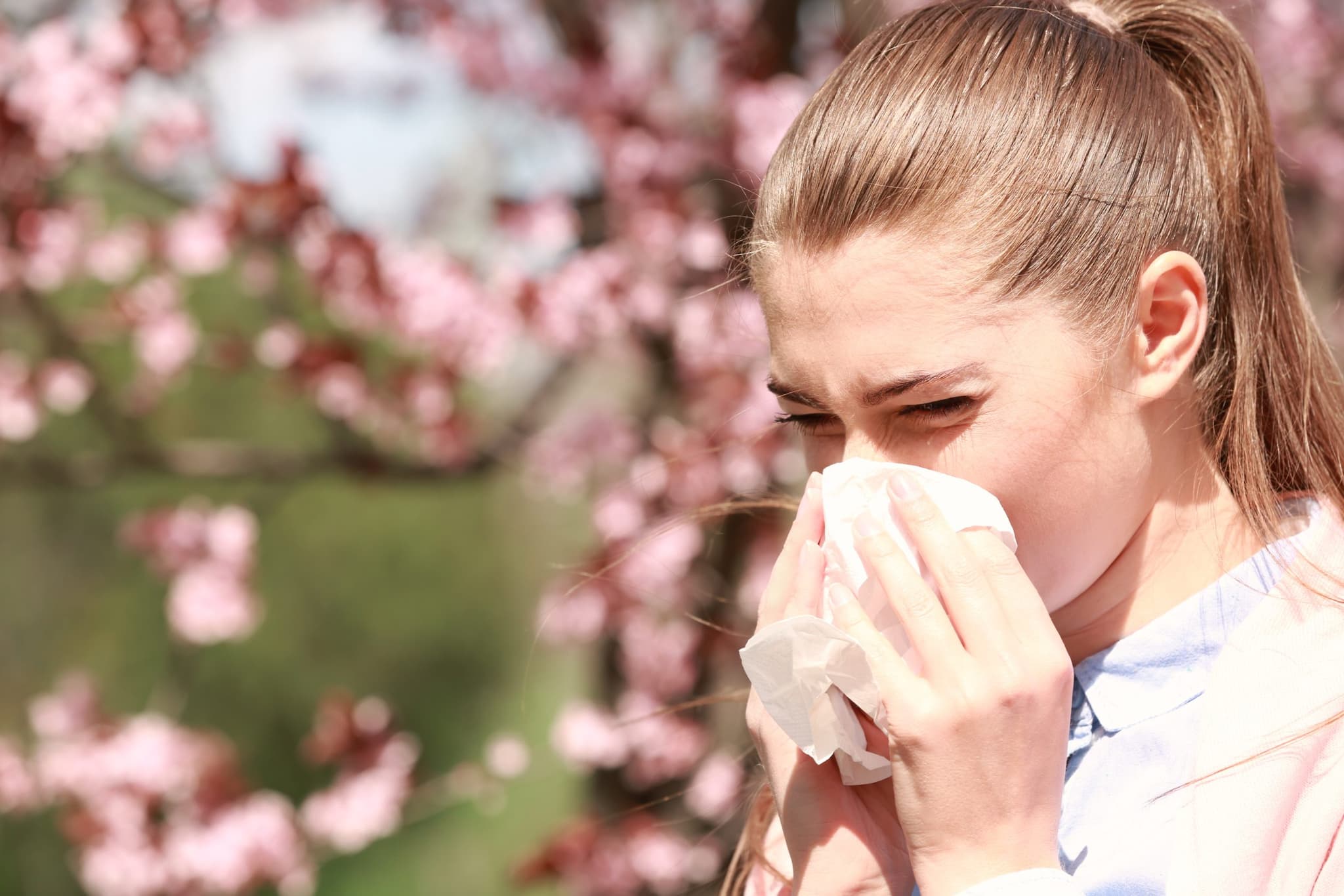
2023-05-19T11:00:36
Environmental allergy testing: What to expect and how to prepare
- Allergy and Immunology
June 13, 2016 | Administration • Allergy and Immunology
Specialties:Allergy, Asthma and Immunology

It’s easy to take our lungs for granted. We breathe in and exhale out without giving it a second thought, staying alive because we enjoy the gift of healthy breath. But we live in an increasingly polluted world, and even healthy people experience compromised lung function when exposed to common irritants.
The greatest pollutant threat to human health in the United States comes from ground-level ozone and airborne particles, according to the US EPA Office of Air and Radiation. Approximately 30 percent of childhood asthma is due to environmental exposures, “and studies also suggest that air pollution may contribute to the development of asthma in previously healthy people,” reports the National Resources Defense Council.
Science confirms that air pollution from cars, factories and power plants is a major cause of the asthma attacks suffered by about 25 million people. This chronic, incurable condition is responsible for over 10 million lost school days each year and 14 million lost workdays. Severe asthma attacks kill more than 3,000 people annually in the United States. Let’s look at some of the chief threats to healthy lungs.
Ozone, aka “smog,” is produced when pollution from motor vehicles or industrial smokestacks reacts with oxygen and sunlight. It irritates the respiratory system, makes your throat burn and causes coughing. You may wheeze, feel your chest tightening and experience shortness of breath.
Ozone triggers asthma attacks in people with lung diseases and likely leads to the development of asthma in children. In 2013, nearly 40 percent of Americans lived in regions with unhealthful levels of ozone, according to the American Lung Association.
This serious health threat refers to a wide range of pollutants: dust, pollen, mold spores, soot, diesel exhaust particles, wood smoke nitrates and sulfates. These tiny microscopic solids or liquid droplets can lodge deep in the lungs and send people with heart or lung diseases, older adults and children to the emergency room. Even healthy people can experience temporary symptoms from exposure to elevated levels of particles:
Irritation of the eyes, nose and throat
Coughing, phlegm
Chest tightness
Shortness of breath
In 2013, nearly 40 percent of Americans lived in regions with unhealthful levels of ozone, according to the American Lung Association.
Small particles are the most dangerous because they travel deep into the lungs and even enter the bloodstream, affecting both heart and lungs. Long-term exposure to particulate matter can lead to reduced lung function, chronic bronchitis, and even premature death. Short-term exposure can trigger asthma attacks, cause acute bronchitis and increase susceptibility to respiratory infections. People with existing heart disease are at risk for arrhythmias or heart attacks after short-term exposure.
When exercising outdoors, avoid busy streets and highways. Check your local air quality forecast, and on days when the particles, ground-level ozone and other common air pollutants are high, opt for less strenuous activities.
Don’t allow children to play near busy roadways. If you live in an area with very high air pollution, install air filters inside your home.
These microscopic, insect-like pests and their waste products are common causes of year-round allergies and asthma. Approximately 20 million Americans have dust mite allergy. You may have hundreds of thousands of these creatures residing in your bedding, mattresses, upholstered furniture, carpets or curtains. Studies show that dust mites prefer the bedroom; 80 percent of the homes in the United States have detectable levels of dust mite allergen in at least one bed.
A dust mite consumes dead human skin cells and then excretes up to 200 times its body weight in waste products. It is a protein in the mite waste that provokes an allergic reaction ranging from a mild annoyance to a severe threat. Chronic cases involve persistent sneezing, congestion, cough or facial pressure. People with asthma who are sensitive to mites face an increased risk of a severe attack.
Roughly 80 percent of the homes in the United States have detectable levels of dust mite allergen in at least one bed.
To combat dust mites, keep your home below 50 percent humidity and eliminate carpets, drapes and upholstered furniture if possible. Cover your mattresses and pillows, and wash bedding in hot water once a week. Use a vacuum equipped with a high efficiency filter.
The American Lung Association reminds us, “regular check-ups help prevent diseases, even when you are feeling well. This is especially true for lung disease, which sometimes goes undetected until it is serious.”
Revere Health Allergy and Immunology providers have over 30 years of combined experience and specialized training in allergic and immunologic disorders. We serve pediatric and adult patients in two Utah locations, using the most comprehensive and up-to-date medical therapies.
WRITTEN BY:
The Live Better Team

2023-05-19T11:00:36

2018-06-13T12:00:19

2018-05-09T12:00:57

2018-04-11T11:00:42
This information is not intended to replace the advice of a medical professional. You should always consult your doctor before making decisions about your health.